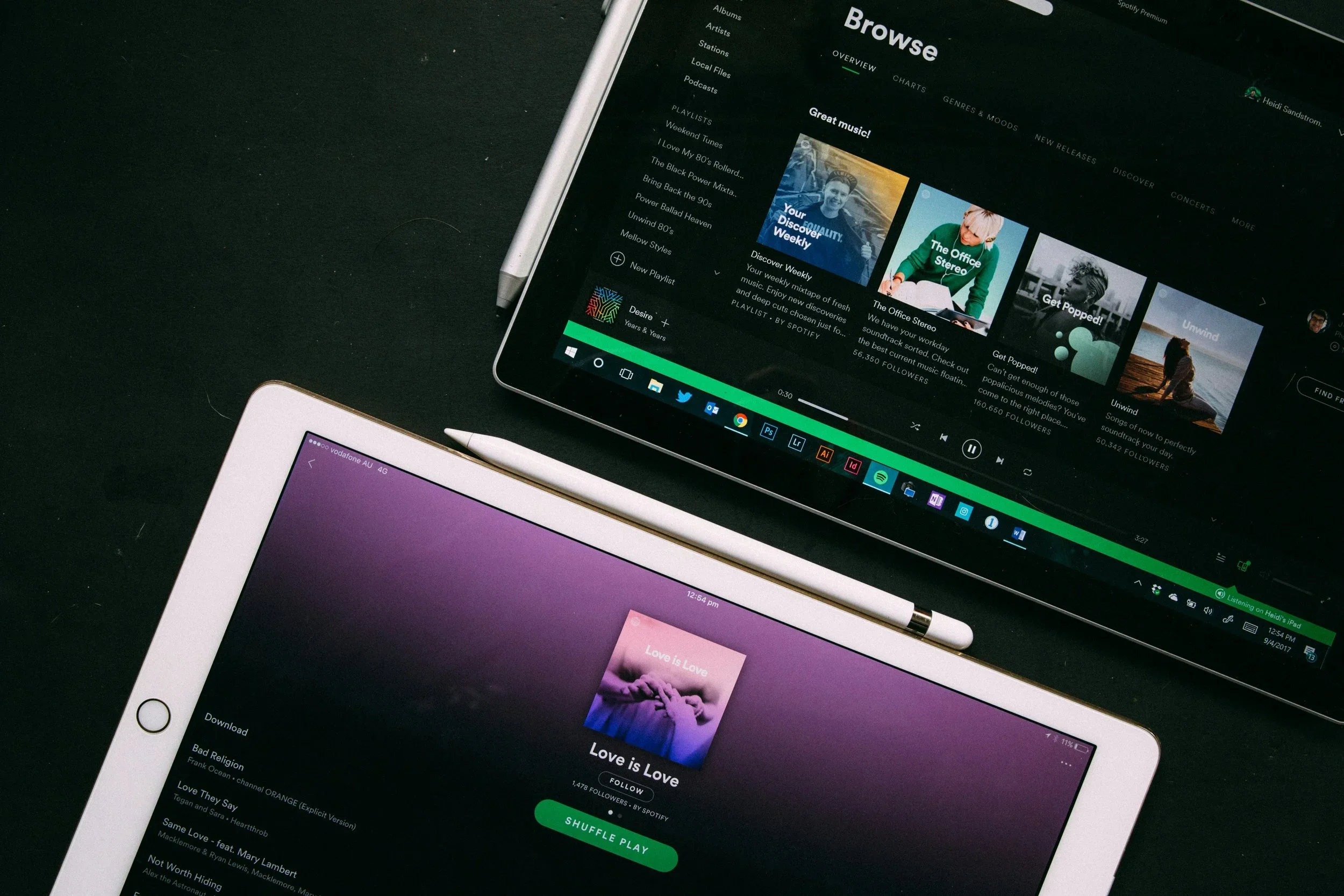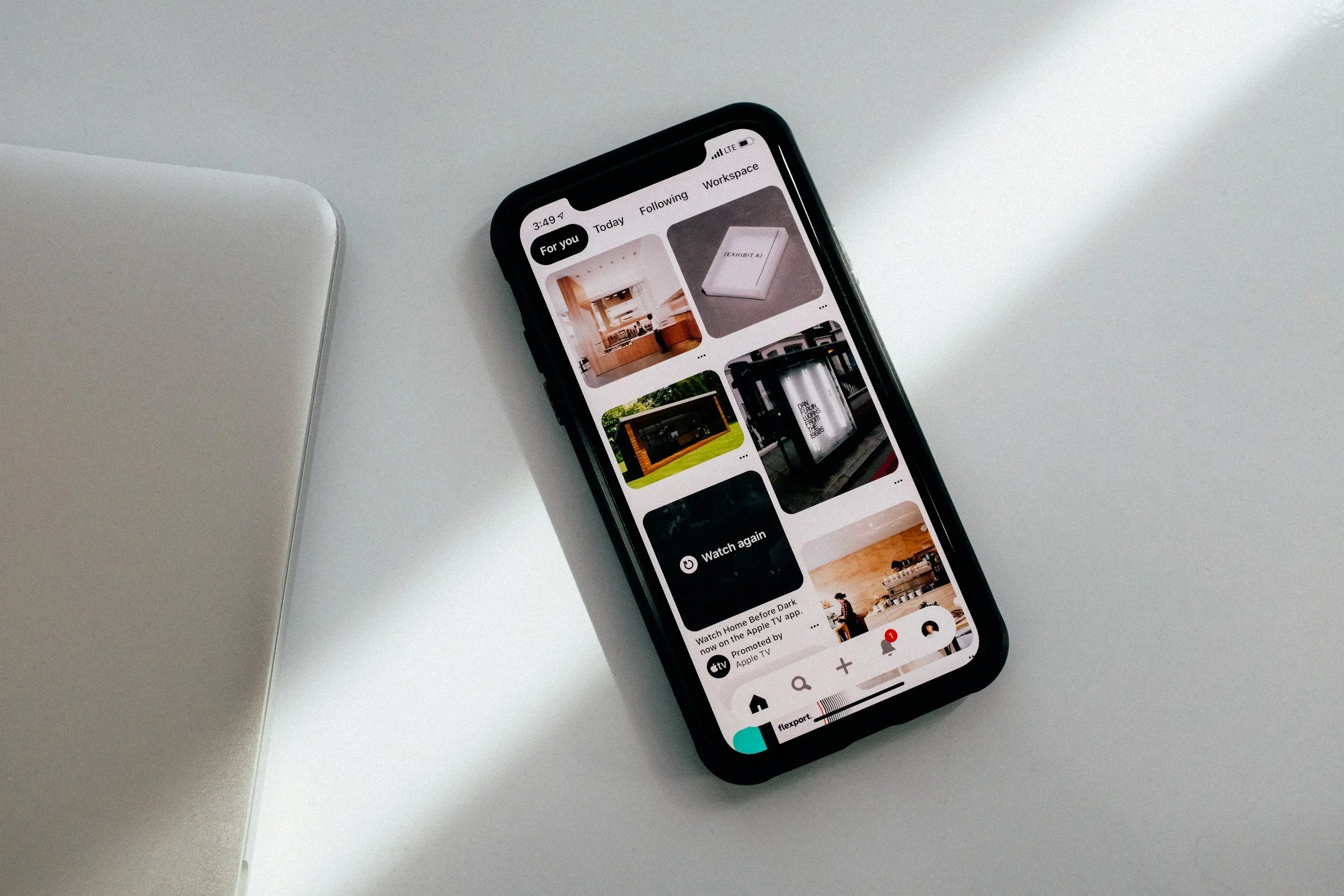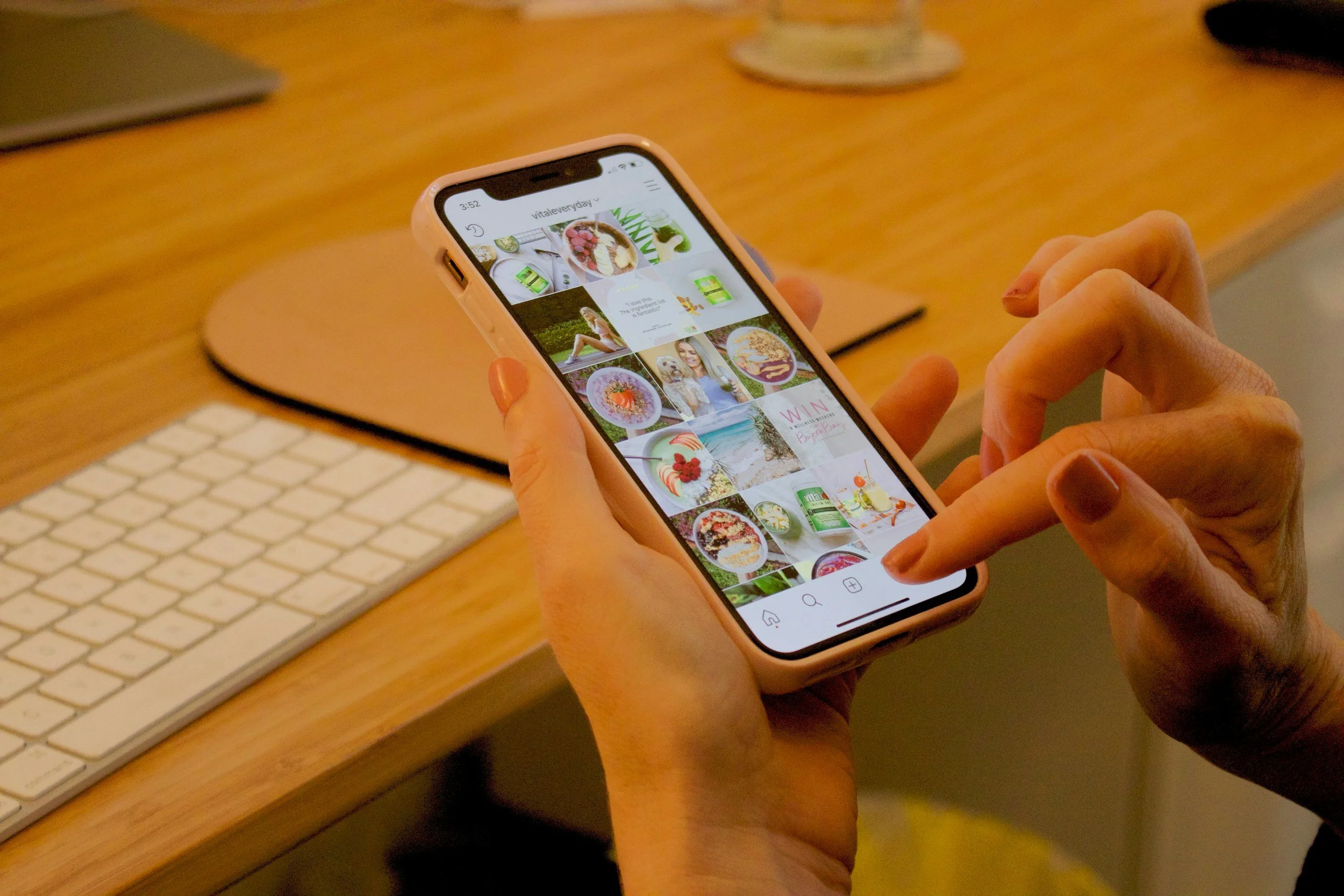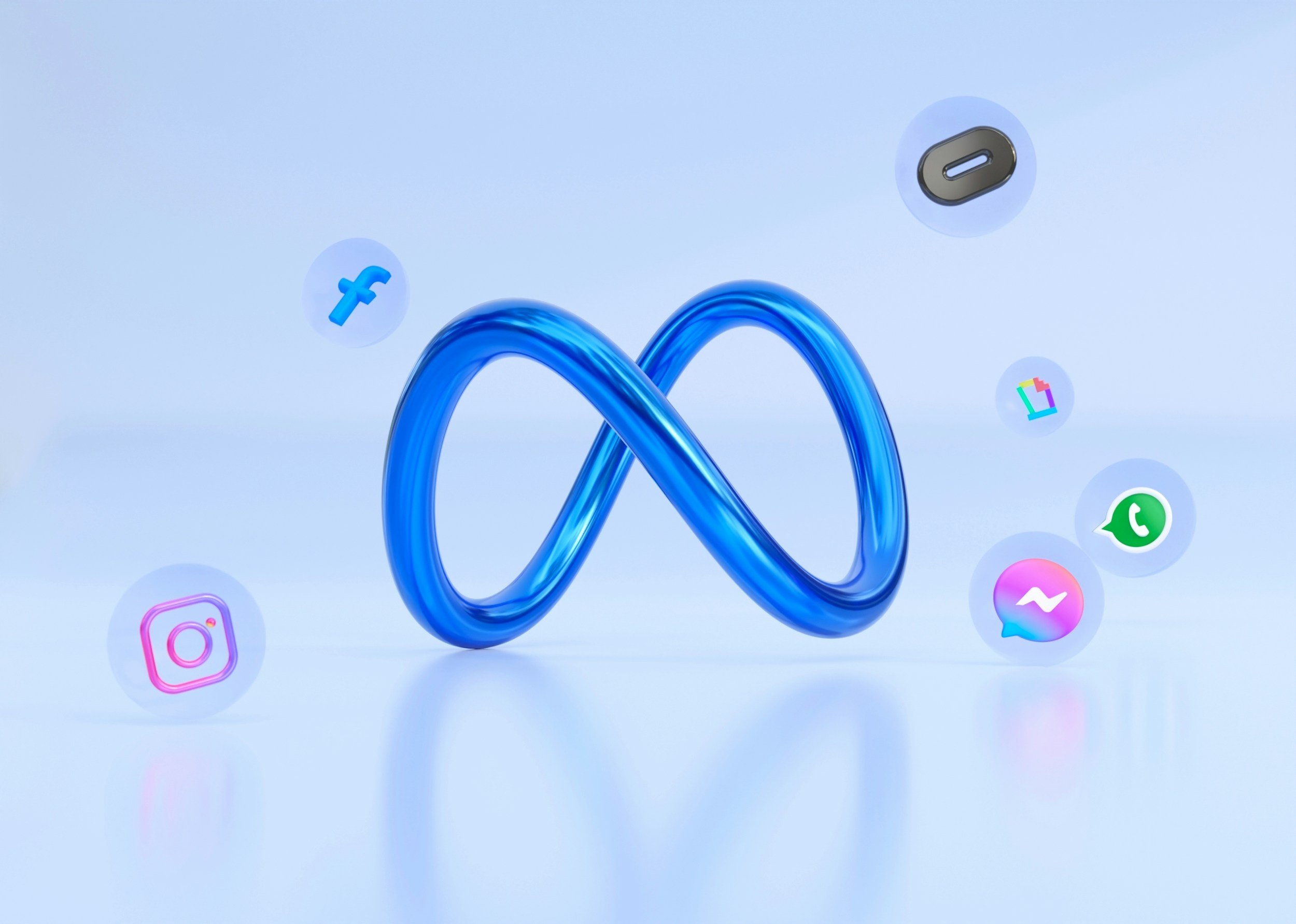How To Advertise on Pinterest
How To Advertise on Pinterest
Key Takeaways:
Familiarise yourself with Pinterest Ads Manager. This is where all campaign planning, targeting, creative uploads, and reporting take place. Understanding the platform is essential to run effective campaigns.
Take advantage of Pinterest’s free training resources. Pinterest offers courses and tutorials for advertisers to learn best practices, campaign setup, and creative optimisation. This knowledge is crucial for building confidence and achieving results.
Work with an integrated media agency. Partnering with an agency like One Day Agency can help with strategic planning, creative development, and media buying, ensuring campaigns are tailored to your goals and budget while maximising performance.
Pinterest has become a powerful advertising platform where inspiration meets intention. With users actively searching for ideas, products and solutions, advertising on Pinterest allows brands to reach audiences at the earliest stage of their buying journey. Whether you are a small business aiming to build awareness or a national brand ready to scale conversions, Pinterest offers unique targeting and creative opportunities. In this guide, we explore how to advertise effectively on Pinterest, from setting up your strategy to measuring results, and how an integrated agency such as One Day Agency can help you plan, create and optimise campaigns that drive real impact.
Introduction: Why Pinterest Still Matters for Brands
Pinterest is often underestimated compared to social platforms like Meta, TikTok or X, yet it continues to be one of the most intent-driven environments online. Users do not simply scroll for entertainment; they explore with purpose. From home decor and fashion to travel and wellness, every search and pin reflects an aspiration, a plan or a future purchase.
For advertisers, this creates an opportunity to connect with audiences at a crucial decision stage. People on Pinterest are not passively consuming content. They are researching, comparing and saving ideas that often lead to action. According to Pinterest’s own data, more than 80 percent of weekly Pinners make a purchase based on content they have seen on the platform.
In this context, Pinterest advertising can serve as both an awareness and a conversion channel. The key lies in understanding its ecosystem and using its creative and data tools effectively.
Step 1: Define Your Goals and Audience
Before creating any campaign, start by identifying what you want to achieve. Pinterest ads can serve several objectives, including brand awareness, traffic generation, conversions or catalogue sales.
Brand awareness: Ideal for new brands or products looking to introduce themselves visually to audiences who are browsing for inspiration.
Consideration and traffic: Best for brands that want to drive people to their website or online store.
Conversion and sales: Focused on encouraging direct purchases, app downloads or sign-ups.
Pinterest offers robust audience targeting options that go beyond age and gender. You can target based on interests, life stages, search keywords and engagement with similar content. For instance, if you sell fitness products, you can reach users who have recently searched for home workouts, healthy meal plans or sportswear ideas.
For brands that already have a website, the Pinterest Tag is an essential tool. It tracks actions visitors take on your site, such as purchases or sign-ups, and helps optimise campaigns toward users who are more likely to convert.
Step 2: Choose the Right Ad Formats
Pinterest offers a variety of ad formats to match different campaign goals and budgets. Understanding these will help you make informed choices about where to invest.
Standard Pins: These are static image ads that blend naturally into user feeds. They are cost-effective and ideal for storytelling through strong visuals and concise copy.
Video Pins: Moving images capture attention quickly. Use short, engaging videos (between 6 and 15 seconds) to showcase products or demonstrate usage.
Carousel Ads: Allow multiple images in one ad, perfect for displaying product ranges or step-by-step guides.
Shopping Ads: Automatically pull products from your online catalogue, linking directly to your e-commerce site. They are particularly effective for retail and lifestyle brands.
Idea Ads: Interactive and multi-page, these ads allow users to swipe through visuals, video and text. They work well for brands that want to educate or inspire.
Pinterest also supports Collections Ads, which combine a lifestyle image with smaller product images beneath. They are designed for discovery-led browsing, helping consumers move from inspiration to action seamlessly.
Step 3: Develop Creative That Inspires
Unlike other platforms where humour or controversy might drive engagement, Pinterest thrives on positivity and usefulness. Successful creatives are those that inspire, inform or solve a problem.
Creative guidelines to keep in mind:
Use vertical formats (2:3 aspect ratio) for the best visual impact.
Incorporate high-resolution images with minimal text overlays.
Keep branding clear but subtle. A small logo in a corner maintains authenticity without feeling intrusive.
Focus on clear messaging. A simple tagline such as “Transform your living space” or “Healthy recipes for busy days” works better than overly complex copy.
Use relevant keywords in your pin title and description to improve visibility in search results.
Pinterest also provides a free tool called Pinterest Trends, which highlights popular searches across categories. By aligning your visuals and copy with current trends, you can enhance your campaign relevance and reach.
Step 4: Optimise for Performance and Conversions
Once your ads are live, ongoing optimisation ensures that your budget is being used effectively.
Use Pinterest Analytics to monitor key metrics such as impressions, saves, clicks and conversions. Identify which visuals, audiences and keywords perform best.
A/B test your creatives. Test different colours, headlines or calls to action to learn what resonates most.
Refine your targeting by excluding low-performing audiences or adjusting bids based on results.
Leverage automated bidding for conversion campaigns. Pinterest’s machine learning can adjust bids in real time to maximise outcomes.
Tools such as Canva, Figma or Adobe Express can support quick creative production and adaptation, allowing you to test variations efficiently.
Step 5: Build a Full-Funnel Pinterest Strategy
Pinterest works best when integrated into a broader media mix. Think of it as a bridge between inspiration and action. To get the most out of the platform, it is essential to understand how Pinterest Ads Manager works and take advantage of Pinterest’s free training resources to master targeting, creative formats, and reporting.
Consider structuring campaigns across three levels:
Awareness: Use broad targeting and visually rich Standard Pins or Video Ads to introduce your brand.
Consideration: Engage users who have shown interest with Carousels or Idea Pins that educate and inspire.
Conversion: Retarget users who have interacted with your pins or visited your website using Shopping Ads or Collections Ads.
By combining insights from Pinterest Ads Manager with knowledge gained from Pinterest’s training, you can optimise campaigns more effectively. Audience insights and conversion data from Pinterest can also feed into other advertising platforms, creating a unified approach across social, search and display.
Step 6: Budget Planning and Campaign Scaling
Pinterest advertising is accessible for brands of all sizes. Whether you have a modest local budget or a national campaign, you can start small and scale progressively.
Small budgets: Focus on one or two ad formats, test a few audience segments and monitor performance for a few weeks.
Mid-level budgets: Combine awareness and conversion campaigns, using both Standard and Video Pins to build engagement.
Larger budgets: Expand into full-funnel strategies, incorporating shopping feeds, advanced analytics and dynamic creative.
The key is to use early results to guide future investments. Pinterest’s reporting tools allow you to see how users move from viewing a pin to visiting your website or completing a purchase.
Step 7: Avoid Common Mistakes
Even the most creative campaigns can underperform without proper structure. Avoid these common pitfalls:
Neglecting keyword optimisation. Pinterest functions as a search engine, so use descriptive titles and tags.
Overly cluttered visuals. Keep designs simple, legible and aesthetically consistent.
Ignoring mobile experience. Most users access Pinterest on their phones, so test all creatives for mobile visibility.
Lack of tracking setup. Without the Pinterest Tag or analytics tools, you cannot evaluate performance accurately.
Skipping seasonal opportunities. From summer fashion to Christmas recipes, seasonal relevance drives higher engagement.
Conclusion
Advertising on Pinterest offers brands an exceptional opportunity to reach consumers who are actively seeking inspiration and ready to act on it. Its visual-first environment rewards creativity, authenticity and strategic planning.
Success on Pinterest depends on a balance of art and analysis. By combining engaging visuals, clear objectives and data-driven optimisation, brands can turn inspiration into action.
Whether you are exploring Pinterest advertising for the first time or expanding an existing strategy, the support of an integrated agency can make all the difference. At One Day Agency, we help businesses of every size transform ideas into measurable results, making Pinterest not just a place for inspiration, but a platform for growth.
Learn more on how to advertise on Pinterest, and Paid Social !











